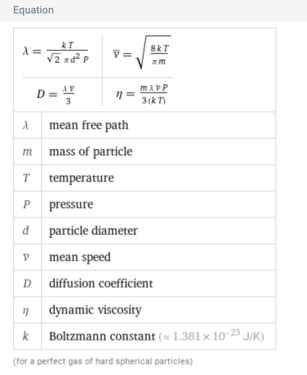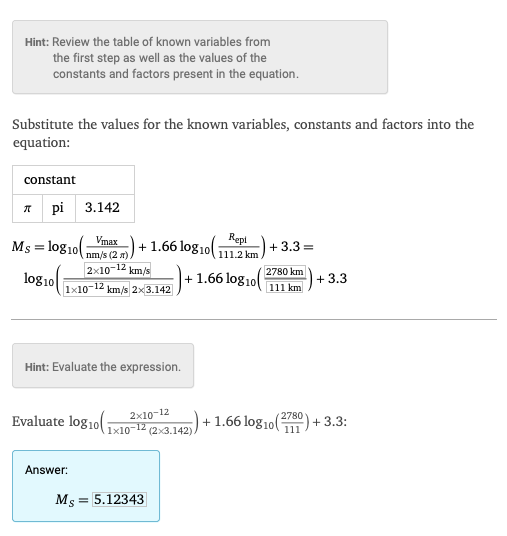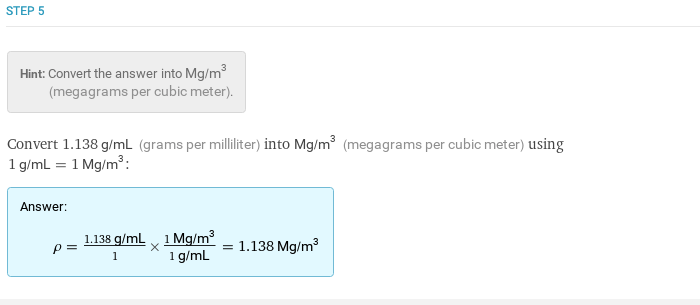With a new school year beginning we wanted to highlight our improved coverage for Step-by-Step functionality in Wolfram|Alpha for Physics, Chemistry and other domains. These improvements bring the number of formulas which provide Step-by-Step results to over 1000!
Historically Step-by-Step functionality for formulas was limited to the most straightforward cases: purely algebraic formulas consisting of a single equation. If the formula included a quantity, it had to be a constant like the speed of light or standard gravitational acceleration.
This put several classes of formulas out of reach, everything from empirical formulas with their carefully fitted quantities to interesting but complex formulas like the mean free path of a particle:

Many formulas contain multiple equations, situations were one results relies on another or where we want to calculate several parameters at once. an example of the latter is the elliptic orbit formula where we calculate both the apoapsis, or point furthest from the primary body being orbited, and periapsis, the point on closest approach: 

Recursive Solutions
A major wrinkle of dealing with multiple equations are the cases where the results for one variable depend on solving for other variables first. Our code inserts the known values and then substitutes the variables now free of unknowns into the remaining unknown variables.
Returning to the mean free path we can see how that works: 

Supporting Quantities Beyond Physical Constants
Many empirical formulas use quantities within their equations not directly related to physical constants. Handling these in Step-by-Step requires some extra handling such as converting these quantities into units more compatible with the input values. The formula for surface wave magnitude definition includes some empirical values like 111.2 km. when we supply a distance in miles, we need to convert that quantity to easy the calculations: 

Unnamed Formulas
Previously when a formula was unnamed in a query, for examples when Wolfram|Alpha determined the formula via the parameters instead of a name, Step-by-Step functionality was unavailable. This was also the case when formulas were hidden for any reason (for example with many complex and unintuitive empirical formulas).
An example of a parse that does name the formulas is "m=28.45g V=25mL density" which parses to the simple formula for mass density:

The steps are simple enough:


Conclusion
We hope this expansion of Step-by-Step support is helpful in your studies and we plan to improve coverage further in the coming year to include more complicated equation elements, hidden conversion factors and temperature calculations.